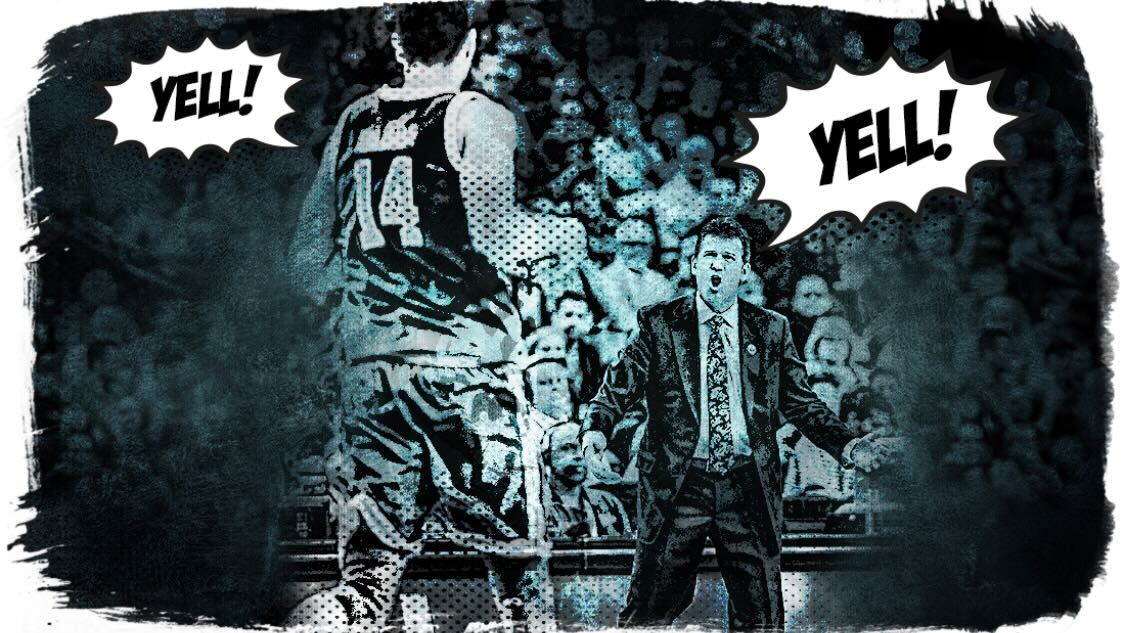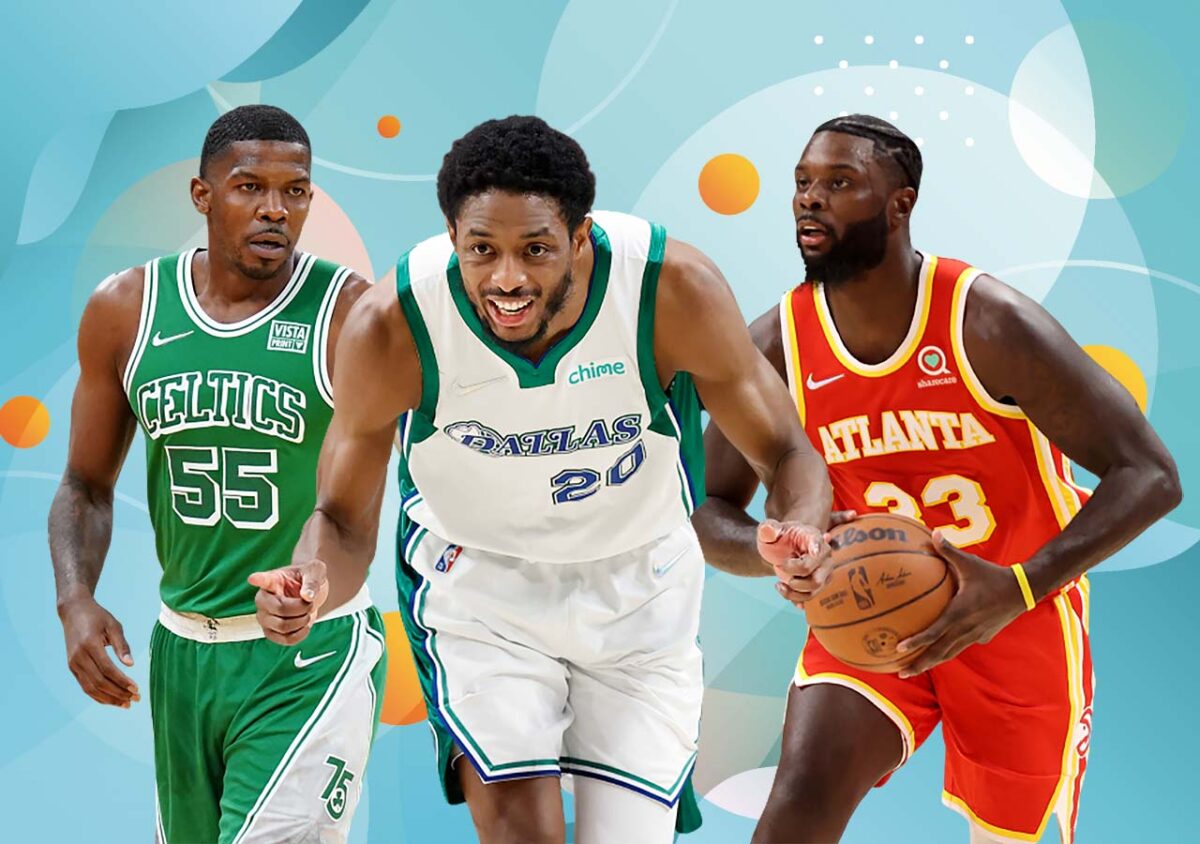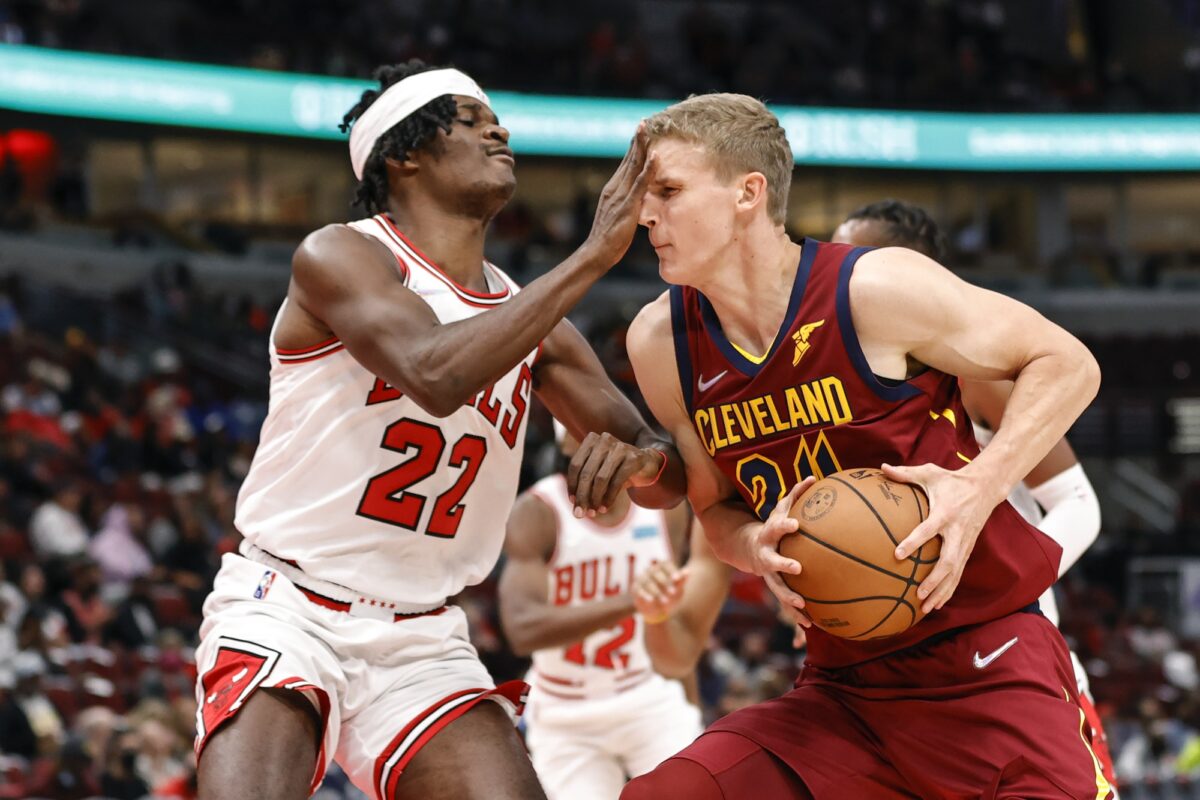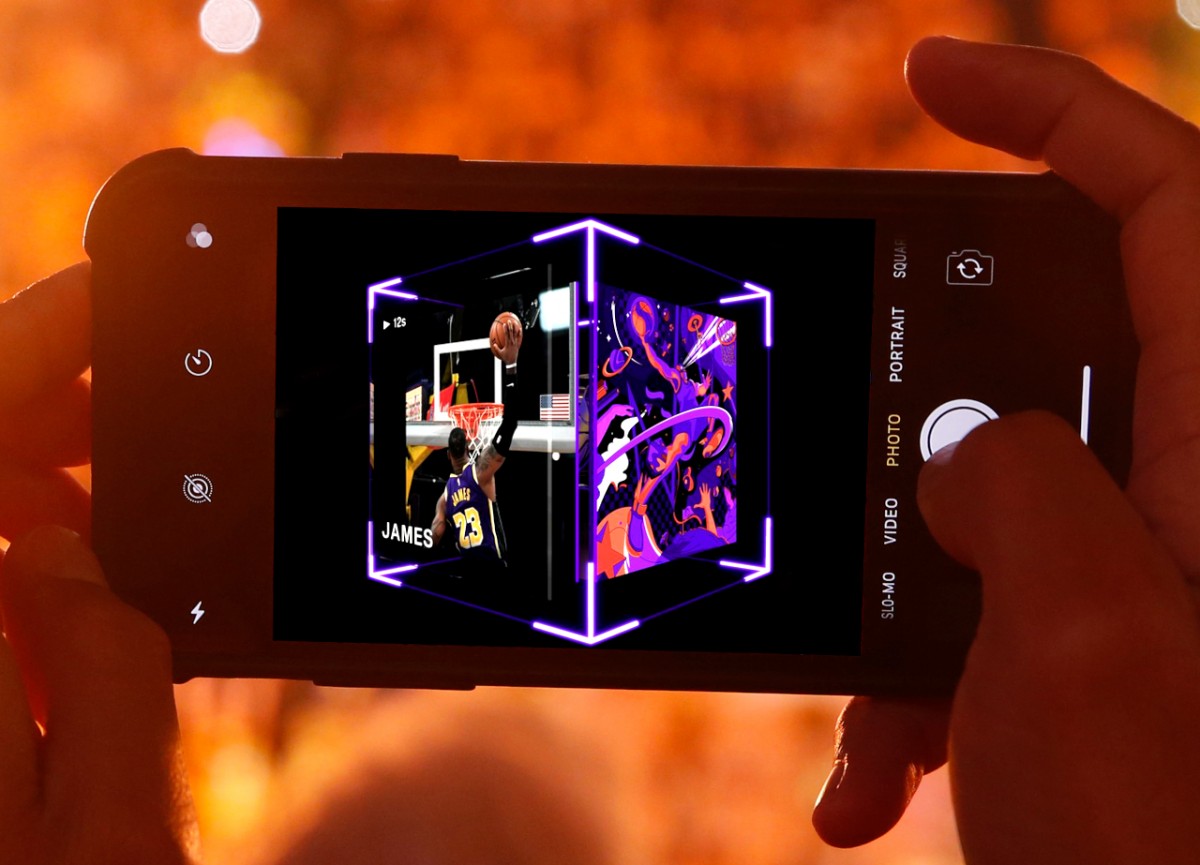The penultimate European trip of the season – No. 5 – got off to an inauspicious start. In Kaunas, Lithuania, he was unable to collect his three-years-in-arrears fee from Basketball Club Zalgiris. It was highly doubtful he ever would.
(“Always get paid while the tooth hurts,” a dentist, father of a former client, advised once).
Now, at an Italian restaurant in Lodz, Poland, staring at a barely-touched Pasta e Fagioli bowl, he was sitting, stunned, in front of a 6-foot-6 18-year-old shooting guard.
“I don’t want to sign with you. Where were you when I was having problems with my club? How can you help me from America? I need an agent from Europe.”
The brewing tempest within was contained, barely, by external calmness and dinner ended amicably. He paid, of course, and escorted the player to his car.
They shook hands, but, unlike previous partings, did not embrace.
It was a quarter past midnight.
Back at the Novotel, he was restlessly composing a response email. Why didn’t he tell me this a week ago, when I informed him that I would be coming over from freaking San Francisco just to sign him?!
The kid was not an NBA prospect and, likely, not even a career Euroleague-level talent. Still, this stung. Four years and numerous overseas trips – all wasted. Recruiting a 14-year-old had been a first for him. It would be the last.
It felt increasingly absurd – idiotic, in fact – to be in this position, especially considering their 32-year age gap. Yet, intrinsic, competitive pride kept gnawing at him. This should have been in the bag. He shares a hometown with your best-ever and most famous client – the best Polish player of all time. You screwed up and took it for granted – no-no No.1 of being an agent.
He hit Send at 2.30 am. The 9 am to Berlin was taking off from Warsaw, 75 miles away. Even with a taxi, it would be an abbreviated night, again.
Very often, during these continent-hopping, country-crossing, mind-bending, body-abusing, reality-altering, 12-cities-in-15-days trips, the agonizing pain of leaving his young son and daughter back in the Bay could no longer be bottled up. Far too many of their precious, formative, moments took place while he was chasing athletic, very tall men a continent and an ocean away. Alone, in a silent, dimly lit hotel room, he would sit on his bed, sobbing. Perhaps, he felt closest to his family while navigating foreign cities in chilly foreign lands.
His industrious wife, a high-ranking scientist, unfairly and all-too-frequently burdened with being a single parent – up to five months, in a busy year – felt his agony and, somehow, always found time and energy to send news, photos and videos from the home front. Like food to a starving man, he craved every crumb.
“Hi, DaddyGuy,” their kids would quip, facing her phone. A powerful surge, fusing elation and heartache, would overwhelm him – the delicately beautiful faces on his screen now blurry. In public places, even the mere sight of families with young kids would often moisten his eyes. Worse still, sleeping was becoming increasingly hard, even as fatigue levels rose.
For the majority of his years, he had considered himself very fortunate to be 6-foot-4. Basketball was his soulmate and driving force. He spent 12 years practicing, playing (and, later, coaching) it, as hard as he possibly could, on asphalt, cement, and, eventually, PVC – the only available surfaces in his Israeli hometown between the mid-70s and 80s. The local club teams he played for didn’t have trainers and no one had ever heard of post-game/practice icing.
At 24, he finally stopped playing regularly. The ultimate game, however, was already lost – knee pain would become a detested, debilitating, and demoralizing life-long partner.
Two summers later, in June 1988, while fund-raising, door-to-door, on behalf of Massachusetts Public Interest Research Group, a mid-afternoon phone call would forever change his life.
They were engaged in a Quixotic campaign against Boston Edison, attempting to shut down two old nuclear power plants. The 20 percent cut from his daily totals, was barely sufficient to pay rent and eat reasonably healthy food. By the time the heavy, push-button brown telephone set rang in the kitchen of the dilapidated Allston apartment he was sharing with two roommates, he was broke, staring at a minimum of two-and-a-half additional years of university studies. Boston was very expensive.
On the very next night, he closed his eyes, laying flat on a king-sized bed in a posh mid-Manhattan hotel room.
What began as an all-expenses-paid scouting assignment for his hometown’s Maccabi Rishon Le Tzion, would evolve into a career. By 1990, while still studying Sociology full-time, writing articles for a popular Tel Aviv weekly magazine, and working 20 weekly hours at Boston U’s medical school, he became a full-time agent.
The following quarter of a century would see him travel to 48 of the 50 U.S. states and 25 countries while representing 13 NBA clients, including six un-drafted, and over 150 players globally. In most years, even when managing 30-35 clients, he insisted on visiting every one of them, wherever they played.
He never aspired to be No. 1. The inexhaustible rapacity of those who did never appealed to him. Without ever paying or accepting bribes – a rarity in the industry – he had to be smarter and more dedicated than his competition since he had irrevocably committed to feeding off the skinny side of the bone. An empathetic, natural mentor and a basketball expert, he worked tirelessly – 100-hour work weeks were not unusual – over many time zones.
And it paid off. Or so it seemed.
The gradually increasing incomes were becoming substantial. The hilly East Bay house was the family’s dream home. He loved the wide range of wonderful and fascinating people work had brought into his life – some would become friends for life – as well as the incredible cultures and sites he got to experience.
Yet, despite all that good, the early years’ excitement about traveling had gradually morphed into sheer dread. Global aviation trends were particularly cruel to him. The unrelenting shrinkage in seats’ size and available space had turned almost every flight into an assault on his back and knees. In stadiums, the hard seats and endless stairs were equally unforgiving.
Nowadays, with most of his body aching on a regular basis, his perspective was radically altered: being tall was a curse.
In two days, it would be Brussels, then Milan, Ljubljana, Athens, and, finally, Istanbul – Death of a Salesman was how a friend had described his life once – but, for now, his goal was simple: turn off Hyper Brain and close your eyes. For a meager three hours. Please.
The 40-minute nap on the flight felt like 15. At Tegel, pulling the large blue suitcase and carry-on, early March freezing winds and a long line of Mercedes Benzes greeted him. The connective tissues around T10, T6, L5 and L4 were already tightening up in protest.
Such expensive cars and you can’t even sit comfortably in those fucking hardback seats. Who’s the moron who designed that dent in the middle?!
Tiredly searching for a non-Benz in the queue, he found none.
“Next!”, yelled the taxi coordinator, waiving his left arm.
A black car rolled slowly towards him. The driver, 60 or so, white-grey leftover hair on top of a rose-colored face, bi-focal glasses chained around a wrinkled, thick neck, yesterday’s shirt’s collar sticking out of a worn-down black leather jacket, got out and grabbed the suitcase.
– Hello Sir, where you go?
– Andel’s Hotel.
– OK.
Phone in hand, he started scrolling through emails, basketball websites, texts, names, and schedules.
Gotta get some work done before we get there. Eat some food, submerge the body in the hot tub and hit the hay.
50 felt like the new 70.
The Euroleague game, a must-win for Alba Berlin, was scheduled for 8:45. The biggest perk of attending games at O2 had nothing to do with the striking arena itself. A few hundred yards away, the still-standing massive blocks of the Berlin Wall were facing the gigantic, glittering, circular structure. Each was painted by a different artist. Some were nothing short of spectacular. If he got the proper afternoon R & R, he could finally take some shots.
Photography had often saved him from going travel crazy. With no one to share his adventures and the emotional peaks and valleys, he had to record pieces of his road life for fear it would all quickly evaporate into nothingness.

He turned in his seat, again, seeking a pain-free position. It was futile. On the window’s colder side, the city’s melancholy winter gray mirrored his mood. I should have been repping tennis players. Their season peaks in the summer.
BAUHAUS Berlin-wedding declared a road sign.
His thoughts were abruptly invaded:
– Where are you coming from?
– Warsaw.
– Where do you live?
– In the United States.
– You’re from America?
Despite his fatigue (and knowing better), he was still tempted.
I should tell him that I’m from Canada, or Brazil, or Mexico and watch his reaction!
– I live in the United States.
– You’re my second American today.
– OK.
– I like Americans a lot.
– Aha.
Couldn’t he have come up with something less unoriginal? Such embarrassing tip-fishing, especially for his age.
– Sorry, my English is not so good.
– It’s much better than my German.
– You speak German?
– No, I don’t. I can only say a few words.
– Where do you live in America?
What’s the point?
– San Francisco, Bay Area, California.
On the sidewalk to his right, underneath a flailing, naked tree, a tall young woman, wearing a dark brown coat and a red wool hat, was holding her small daughter in her left hand and pushing, not without effort, a dark blue stroller with her right. The girl’s left hand was pressing her brown hat downwards.
He gave up on trying to work and put the phone in his coat pocket.
– Are you originally from Berlin?
– No, I’m from a willage, 150 km away.
– But you live here now?
– Yes.
– When did you first come to Berlin?
– I remember coming here when I was young. My grandfather was living here. I came to visit him. I wanted to see the Americans.
He loved Berlin’s vibrant mural and graffiti art scene and spent free days and nights searching for photo targets. The magical paths into lights and shadows came with a price, however. His feet would get very cold and the resulting night cramps that routinely awakened him were torturous.
I could never live here. 19 Boston winters were enough for me.

A sudden stop brought his attention back to the warm car:
– How old were you?
– Nine.
– What time of the year?” (The ex-journalist instincts kicked in, temporarily replacing physical distress and mental weariness.)
– It was very hot… it was June. They were giving food to the local people.
– Who, the Americans?
– Yes. We only have basic foods at home. We were very poor after the war.
– Did you get any food from the Americans?
– Yes. They had cakes that I never seen before in my village.
A seed started germinating in his brain.
I was born on the other side
Of a town ripped in two
(Fingers tapping a 4/4 time, involuntarily, he could visualize John Cameron Mitchell’s blond-wigged Hedwig singing):
I made it over the great divide
And now I’m coming for you
(Miriam Shor’s voice):
On August 13th, 1961
A wall was erected down the middle of the city of Berlin
The world was divided by a Cold War
And the Berlin wall was the most hated symbol of that divide
Reviled, graffitied, spit upon
We thought the wall would stand forever
Mindfully alert now, in a cascading epiphany:
– What year was that?
– 1961.
– Your grandfather was from the East side?
– Yes.
– So, that was just before they started building the wall?
– Two months before.”
He hesitated now, dreading the answer:
– Did you ever get to see your grandfather after that visit?
– No.

A long silence.
– Andel’s Hotel!
– How much?
– 15 Euros.
He paid 25.
– Can you please give me a receipt?
– Thank you, of course!
Reaching back with his right arm, the driver handed him the square piece of paper, but he did not reach for the door handle just yet.
– Do you remember what kind of cake it was?
– Yes, a cream cake.
– Was it good?
– The best cake I eat in my life.
Folding and putting the receipt in his wallet, he was too slow to stop the driver from pulling his luggage out of the trunk and rolling it up to the sidewalk. It irritated him that the older man had to do it. He got out.
– Thank you and good luck with everything.
– Thank you, Sir.
They shook hands warmly and, to both their surprise, he found himself hugging the driver.
Laboriously, pulling the weighty luggage, he entered the spectacularly bright and artsy lobby, slow-pacing towards the front desk, encapsulated by a massive copper arc behind it.
Final stop.
Until tomorrow.
– Hello. Last name is Zucker, first name Guy. I have a reservation.
Guy Zucker is a longtime agent who represents Mavs forward Maxi Kleber among other clients




















